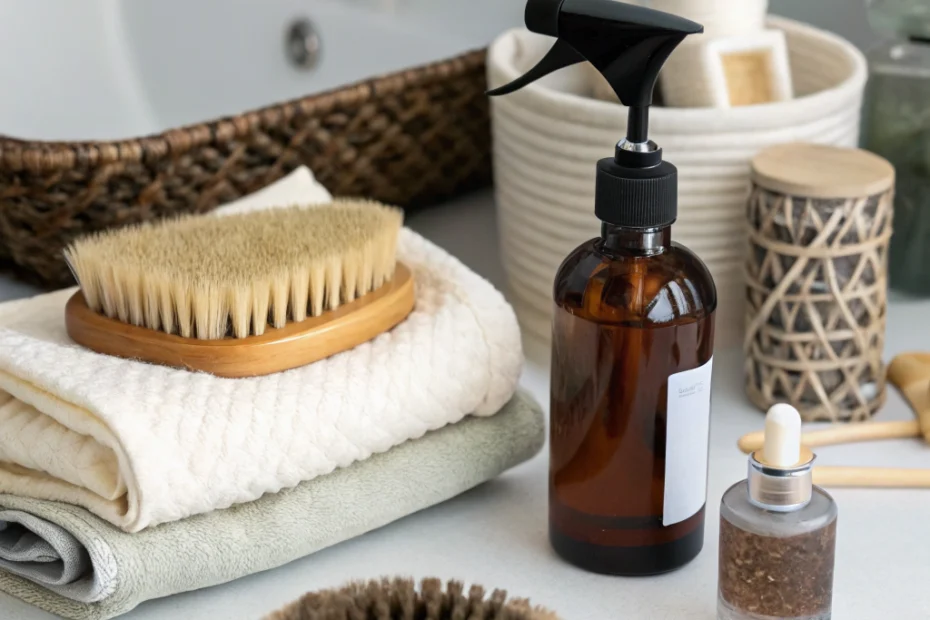At-a-Glance
Creating DIY cat furniture can be a rewarding project that enhances your cat’s environment and provides them with a space to play, rest, and explore. Whether you’re looking to build a simple scratching post or an elaborate cat tree, understanding the basics of cat furniture design can help you make informed decisions. This guide will walk you through the essentials of choosing, setting up, and maintaining DIY cat furniture, ensuring your feline friend has a safe and enjoyable space.
How to Choose
When selecting the right DIY cat furniture project, consider your cat’s specific needs and preferences. Cats are unique, and their furniture should reflect their personality and habits. Here are some factors to consider:
- Size and Space: Ensure the furniture fits well within your home and provides ample space for your cat to move around comfortably.
- Materials: Choose materials that are safe and durable. Common options include wood, sisal rope, and carpet.
- Functionality: Consider what your cat enjoys most—climbing, scratching, or lounging—and design the furniture to cater to these activities.
- Stability: Ensure the structure is stable and won’t tip over easily, which can support your cat’s safety.
Safety & Setup
Safety is paramount when it comes to DIY cat furniture. Here are some tips to ensure your creation is safe for your feline friend:
- Secure Fastenings: Use strong fasteners and adhesives to keep all parts of the furniture securely in place.
- Smooth Edges: Sand down any rough edges or splinters to prevent injuries.
- Non-Toxic Materials: Use non-toxic paints and finishes to avoid harmful chemicals.
- Weight Capacity: Ensure the furniture can support your cat’s weight, especially if you have multiple cats or larger breeds.
Once built, place the furniture in a location where your cat feels comfortable and can easily access it.
Core Pillars
DIY cat furniture should address the core pillars of a cat’s well-being: play, rest, and exploration. Here’s how you can incorporate these elements:
Play
Incorporate elements like dangling toys or tunnels to encourage play and exercise. Cats need stimulation to stay healthy and happy.
Rest
Create cozy nooks or hammocks where your cat can relax and sleep. Soft materials like fleece or plush fabric can enhance comfort.
Exploration
Design multi-level structures that allow your cat to climb and explore. Cats enjoy vertical spaces that mimic their natural environment.
Placement & Environment Tips
The placement of your DIY cat furniture can significantly impact its effectiveness. Consider these tips:
- Natural Light: Place the furniture near windows to provide your cat with natural light and a view of the outside world.
- Quiet Areas: Position the furniture in a quiet area where your cat can relax without disturbances.
- Temperature: Ensure the area is not too hot or cold, as extreme temperatures can affect your cat’s comfort.
By thoughtfully placing your cat furniture, you can create an inviting environment that your cat will love.
Comparison with Alternatives
DIY cat furniture offers several advantages over store-bought options, but it’s important to weigh these against potential drawbacks:
- Customization: DIY projects allow for complete customization to suit your cat’s needs and your home’s decor.
- Cost: Building your own furniture can be more cost-effective than purchasing pre-made items.
- Quality Control: You have control over the materials and construction quality, ensuring a safe product.
- Time and Effort: DIY projects require time and effort, which may not be feasible for everyone.
Consider your resources and skills before deciding if DIY is the right choice for you.
FAQs
Q: What tools do I need for DIY cat furniture?
A: Basic tools like a saw, drill, screwdriver, and measuring tape are commonly used for most projects.
Q: How do I encourage my cat to use the new furniture?
A: Introduce the furniture gradually and use treats or toys to entice your cat to explore and use it.
Q: Can I use recycled materials?
A: Yes, using recycled materials can be an eco-friendly option, but ensure they are safe and clean.
What to Do Next
Now that you have a comprehensive understanding of DIY cat furniture, consider planning your project. Gather materials, sketch out your design, and start building a space that your cat will love. Remember, the goal is to create a safe, functional, and enjoyable environment for your feline friend. As you embark on this creative journey, keep your cat’s preferences and safety in mind.
Disclaimer: Always consult your veterinarian for personalized advice regarding your cat’s health.
